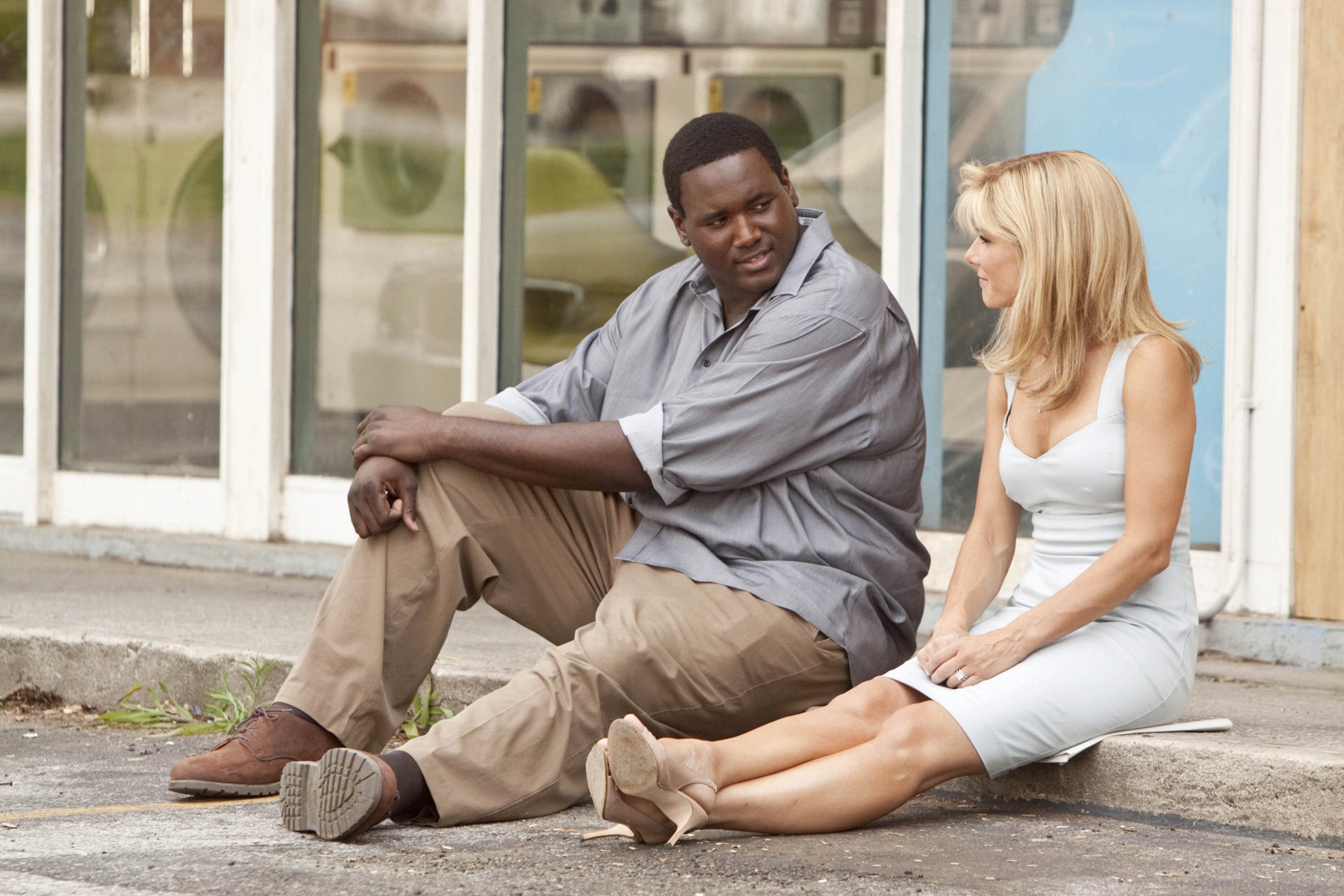
The Blind Side was a powerful story but something about it always felt a little… preachy.
Michael Oher, played by Quintin Aaron, was at the heart of the drama. He was a homeless teen who went on to excel in the , win the , and become one of its brightest stars.
However, considering the film was about his journey, it’s remarkable how much it felt like he was the supporting character in his own life story.
Oher was ‘adopted’ by Leigh Anne and Sean Tuohy, played by and Tim McGraw, a white couple who brought him into their family with seemingly good intentions.
Yet, the real-life Oher has this week , claiming they actually obtained a conservatorship over him, and that they are not legally familial, as he thought.
In plain terms, he alleges that they sought to obtain a conservatorship instead of adoption to benefit financially from the rights to his story being sold.
The Tuohys have vehemently denied the claims, branding them ‘outlandish, hurtful and absurd.’ They insist that they offered Oher nothing but ‘structure, support and, most of all, unconditional love.’
We’re yet to see the outcome of the legal case but the fresh controversy has only served as a reminder for many of us as to why The Blind Side remains one of the strongest in cinema.
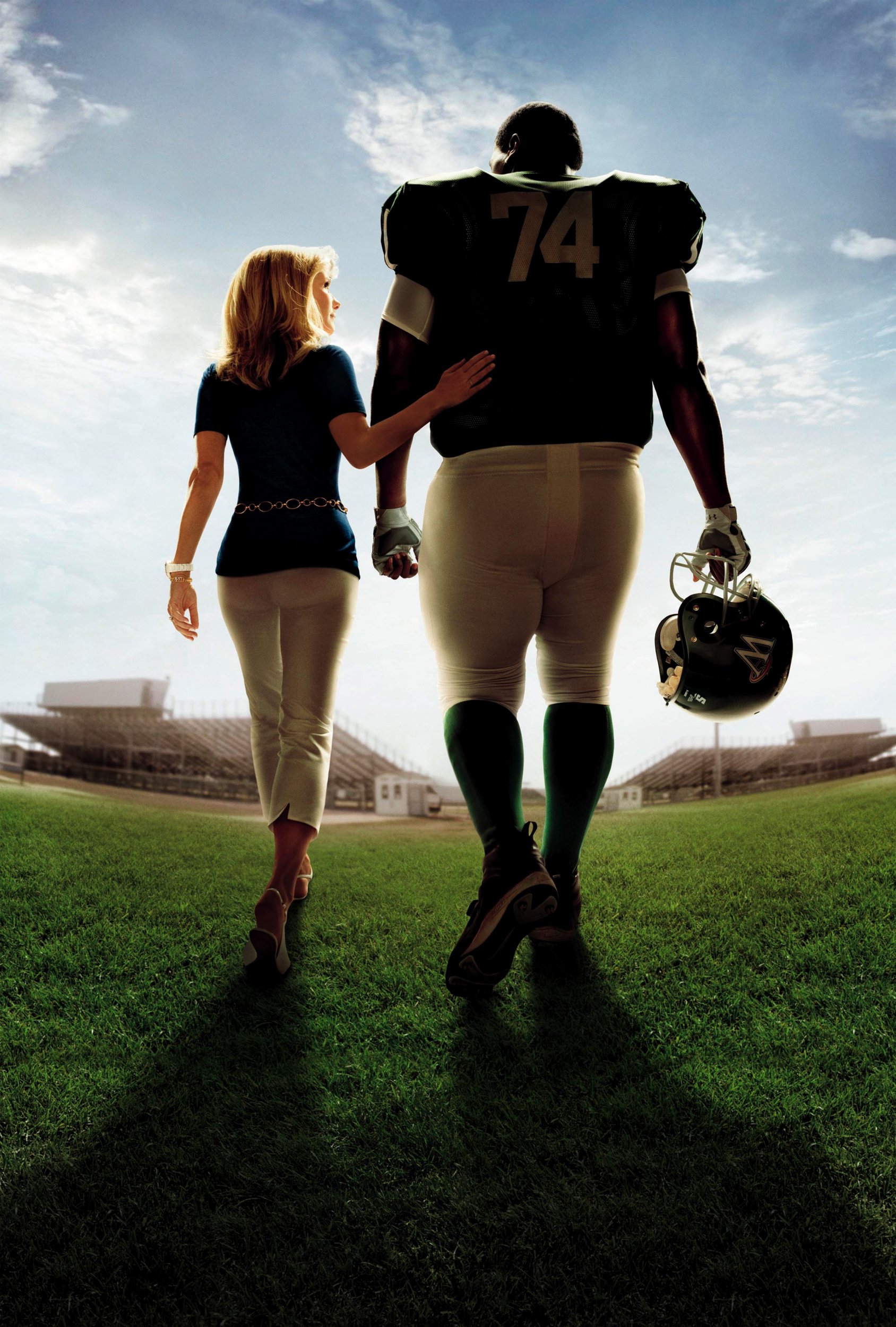
Bullock won the best actress Oscar for her performance as Leigh Anne and, based purely on the art, the accolade was truly well-deserved. However, without taking away from Bullock’s work, the wider story of The Blind Side is majorly flawed.
After all, why was the focus of a story – that was really about this young Black man rising against the odds to achieve the ‘American Dream’ – primarily centring his white guardian?
Everything about The Blind Side makes it seem as though Oher didn’t stand a chance without the Tuohys and, while they undeniably contributed to his success, he wasn’t useless without them.
It’s almost as though the character was dumbed down to elevate the Tuohys.
So much of The Blind Side makes it seem as though Oher lacked intelligence and only picked up an interest in American football when he was taken in by the Tuohys, which he has vehemently insisted was not the case in the years since the film’s release.
All he simply needed was a stable education, having been moved around foster homes, but he was not incapable of learning.
Even the scene where Oher goes back to his old area in search of his biological mum and encounters a violent Black gang felt stereotypical – i.e. let’s paint the Black people in a bad light to justify why Oher living with the white family was the better choice, is basically how it felt.

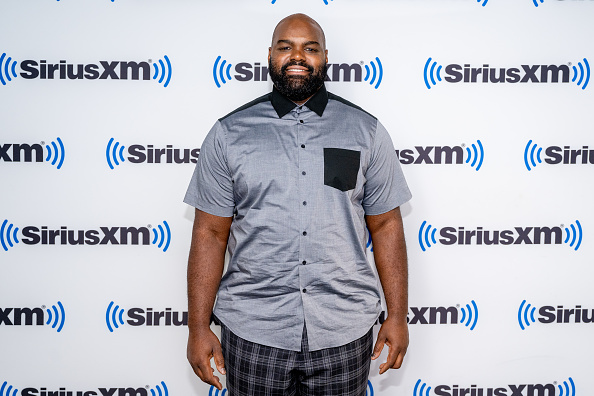
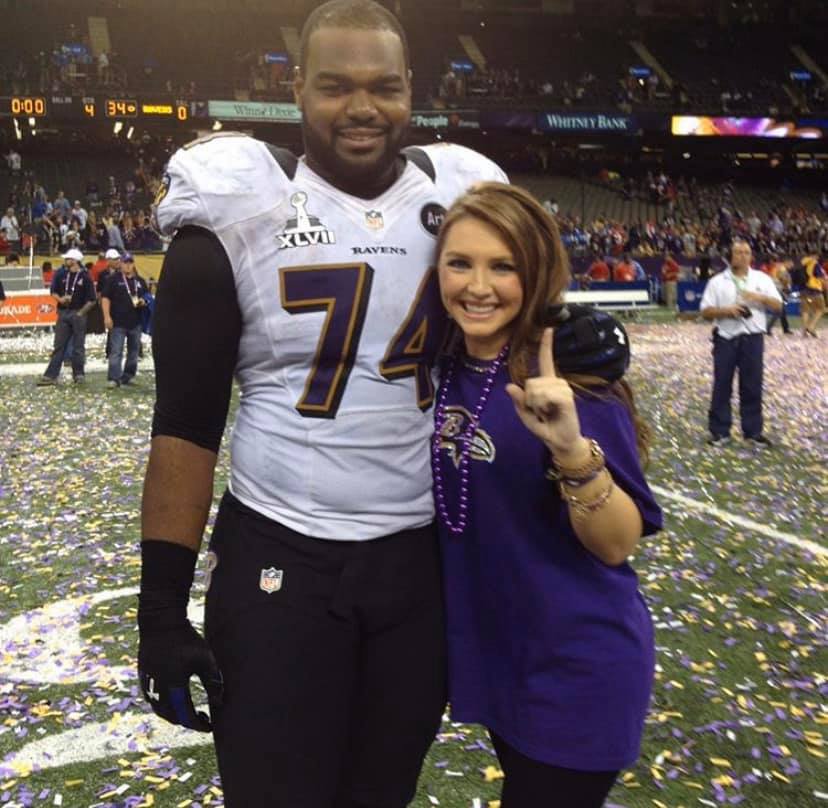
The Blind Side is one of the worst offenders of the white saviour trope but it isn’t the only one.
Green Book, released in 2018, followed the story of real-life classical pianist Dr Don Shirley (Mahershala Ali) and his driver Tony Lip (Viggo Mortensen) as they travel through the Deep South in 1962.
The film depicts Dr Don as isolated from the Black community, which his family denied, and when Tony isn’t saving him from racists, he’s the one introducing the musician to fried chicken (his people’s food).
Then there’s Hidden Figures, the 2016 historical drama about three Black women who were exceptional mathematicians at NASA during the space race. The film, which starred Octavia Spencer, Taraji P Henson and Janelle Monae, came under fire for a scene where a white supervisor is seen ripping down the ‘colored’ sign on the bathroom door amid the segregation era.
After tearing down the sign, the character made a bold public declaration stating: ‘No more coloured restrooms. No more white restrooms… Here at NASA, we all pee the same colour.’
However, this was dramatised slightly from the reality, which was Nasa’s Katherine Johnson, a Black woman, choosing instead to use the ‘whites only’ bathroom and refusing to stick to the one assigned to Black people.

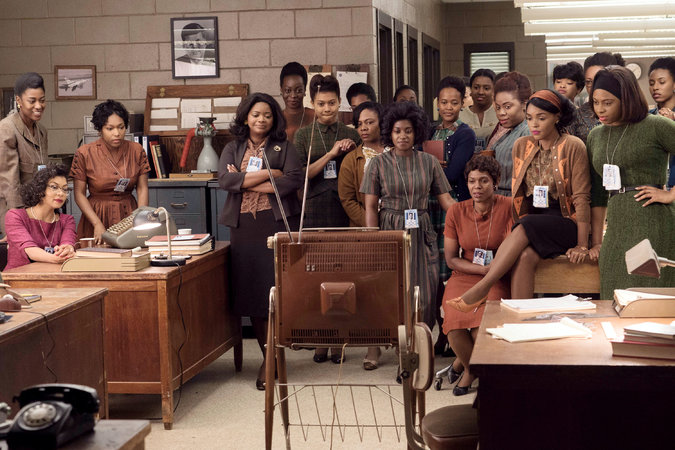
Wouldn’t it have supported the story more to highlight the actual powerful actions of a Black character?
Screenwriter Theodore Melfi defended the white-washing and told Vice: ‘There needs to be white people who do the right thing, there needs to be black people who do the right thing. And someone does the right thing. And so who cares who does the right thing, as long as the right thing is achieved?’
There are many other examples of the white saviour trope being perpetuated by Hollywood but, the point is that it’s seriously damaging in terms of storytelling and to the historic journeys of the figures whose lives they’re retelling on-screen.
For The Blind Side, the white saviour trope seems to have come back to haunt it but there’s an easy solution for future Hollywood films – just don’t do it.




















